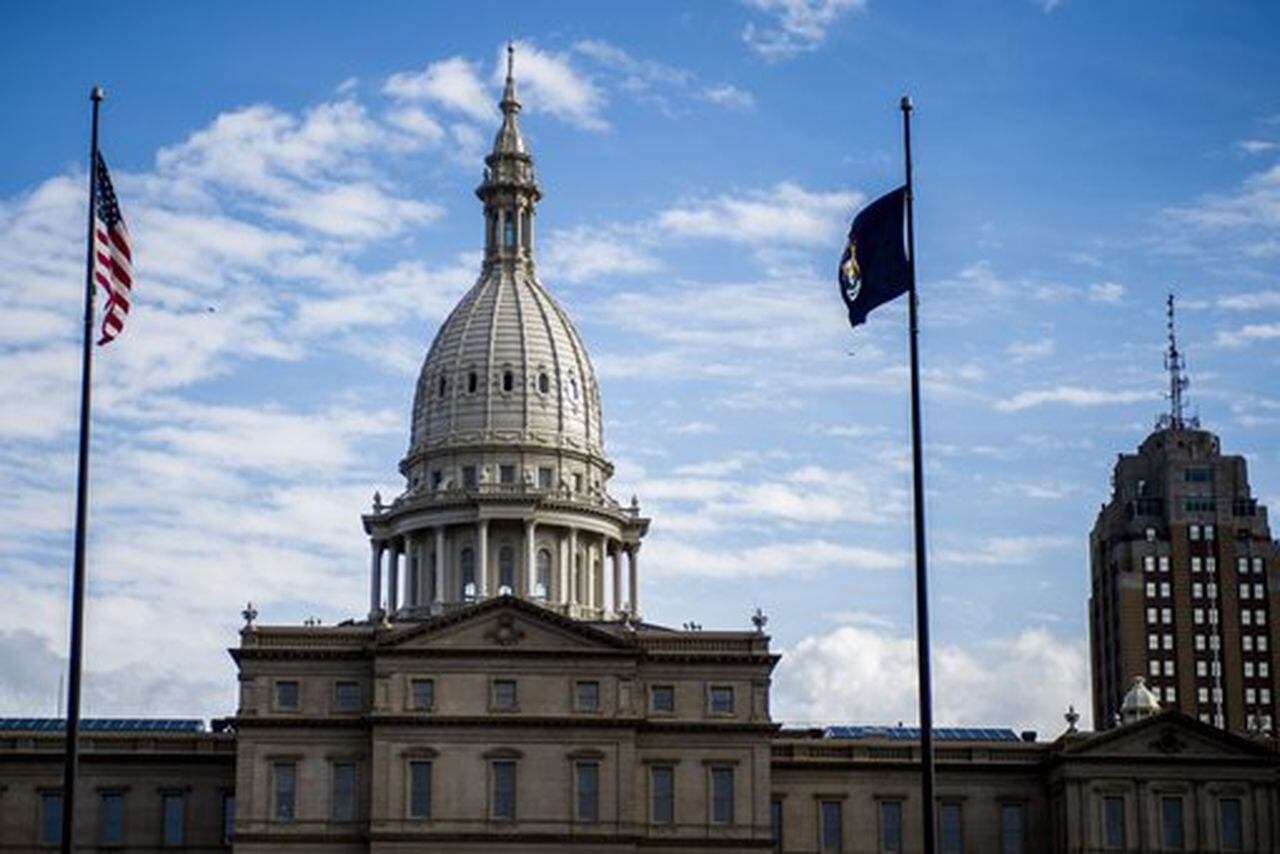
LANSING, MI – During a marathon session day, state lawmakers Thursday unveiled line-by-line details of a $51.8 billion budget proposal to fund government services.
The general government spending plan, presented a day after the state government’s mandatory Oct. 1 deadline, includes funding for local governments and state departments. It will be accompanied by a separate school aid proposal for K-12 schools.
A House Conference Committee, which started a little after 1 p.m. Thursday and didn’t pass out a budget until nearly 8 p.m., marked the first time the full details of the budget deal between Gov. Gretchen Whitmer and legislative leaders was publicly presented.
In addition to a $51.8 billion spending plan, the budget approved unanimously by the committee pulls $12.5 billion from the state’s General Fund.
It significantly cuts funding to several state departments, including over $7 billion to the Department of Health and Human Services, mainly due to federal spending cuts. The Departments of Environment, Great Lakes and Energy and Labor and Economic Opportunity also shrunk significantly.
Funding to the state Department of Transportation increased, part of a roads plan that includes $1.1 billion in increased ongoing funding, with the largest recipients being counties ($456.7 million) and cities/villages ($246 million).
The budget includes a $53.6 million increase for road and bridge construction and a $17.8 million increase in federal funds for local roads and bridges.
It allocates $7.7 million for a study and 3-year pilot program to look at options for a per-mile fee on drivers, an alternative to Michigan’s gas tax. It removes $1 million in administration costs to begin transitioning the state’s fleet of 14,000 leased and owned vehicles to electric vehicles.
The budget also gives $26 million in one-time funding for the runway replacement project and infrastructure improvements at Selfridge Air National Guard Base, an $11 million increase from the previous year.
The base was selected for a new mission by the Trump administration in April.
A $543 million Department of Natural Resources (DNR) budget, which was increased by $8 million from the previous year, includes several line items to help Michigan recover from a March ice storm that left an estimated 100,000 homes without power.
A supplemental to the 2024-25 budget includes $10 million from the General Fund deposited into the Disaster and Emergency Contingency Fund to support ice storm response activities.
The supplemental also includes $14 million for cleanup and reforestation activities.
The 2025-26 DNR budget includes $2.2 million for the reforestation of state forest lands affected by the storm, and $2 million for fire suppression due to increased fire risk in the storm’s aftermath.
The budget also allocates $1.4 million in federal funding for the installation of high-speed internet infrastructure on DNR lands, and $2 million for grants to schools to connect all Michigan fourth graders to the state park system.
In addition to new funding, the budget eliminates positions for around 2,000 “phantom employees,” which are unfilled full-time positions, in multiple state departments.
It includes new requirements that state departments “maximize utilization of its in-person workforce,” with required office occupancy rates of 80% or higher for some departments.
The budget agreement is contingent on a new 24% wholesale tax on marijuana to help fund roads, a bill that is now awaiting passage in the Senate.
After its approval out of an initial conference committee, the bill will now move to the House and Senate floors for votes.
Along with advancing a general government budget, the Legislature will also present its K-12 schools budget. Final details have yet to be revealed.
Last week, Whitmer and leaders from the state House and Senate announced they had reached an agreement to pass a budget by Oct. 1 after months of stalled negotiations.
But lawmakers failed to pass the 2025-26 spending plan before that Oct. 1 deadline, which is the start of the state’s new fiscal year. Instead of entering a state government shutdown, lawmakers passed a short-term continuation spending plan to keep the government funded and operational until Oct. 8.
The annual process of agreeing on a state budget to allocate dollars for schools, state departments and local governments is usually completed by July 1, the statutory deadline to pass a budget.
Lawmakers missed that deadline amid funding and policy differences, lower revenue projections and disagreements on a long-term funding plan to fix the state’s roads.



